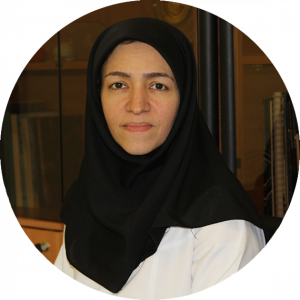
Sahar Kiani Ph.D.
Department of Brain and Cognitive Sciences
Assosciate professor
Sahar Kiani received her MSc From the department of physiology at the medical university of Mashhad and graduated with MSc of physiology in 2003. After graduating with distinction, she started her PhD research in Tarbiat Modares University in a collaboration with ROYAN Institute. In 2007 she spent a research opportunity at Queensland University (Australia, Brisbane) in Prof. Joe Lynch laboratory and learned patch clamp recording. After returning to Iran, she established electrophysiology laboratory in ROYAN institute and set up electrophysiological systems such as whole cell patch clamp recording and multi-electrode array system. She currently works as associate professor in ROYAN institute, department of brain and cognitive science.
She has focused on translational researches in improvement of spinal cord injury in accordance to cell therapy approaches. Neural stem cells are reliable candidates for improvement of spinal cord injured animal models. This scientific team focused on neural stem cells transplantation into spinal cord injured animal models (rodents and primates) and explore their functional mechanisms and challenges. In addition, attempt to improve stem cell therapy efficiency by pharmacological and tissue engineering approaches.
Another research interest of her is to investigate differentiated neural networks characteristics as well as addressing their potential of learning and memory by introducing a new code to them.
MSc Students:
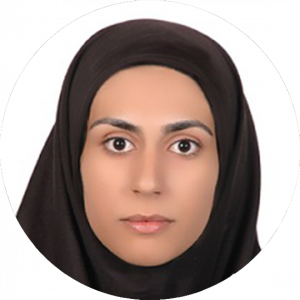
Yasaman Heydari
To study the improvement effect of TMS (transcranial magnetic stimulation) on spinal cord injured mice model
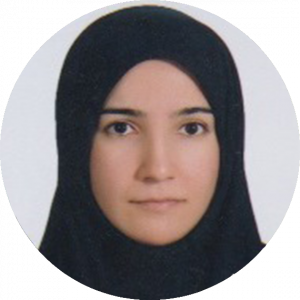
Parastoo Hosseini
To study the repair mechanism of spinal cord injured model in Zebra fish

Saeed Rahmani
To investigate the neural network properties by electrophysiology approaches
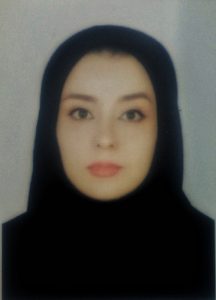
Noushin Parsania (MSc student)
Tittle of project: Autologous Transplantation of Isolated Neural Stem Cells from Sub-Ventricular Zone into Contusive Spinal Cord Injured Rat in Chronic Phase
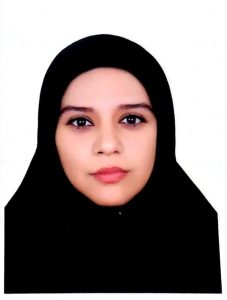
Golnoosh Rahimi (MSc student)
Tittle of project: Investigation of sensitization mechanism in organotypic spinal cord contusive model
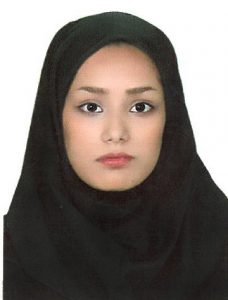
Yasmina Alikhani (MSc student)
Tittle of project: to investigate neuronal network properties in organotypic spinal cord culture
PhD students:
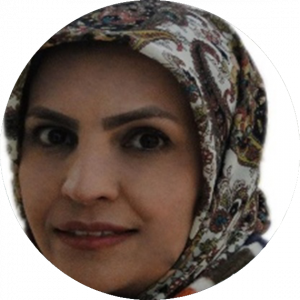
Masoumeh Zarei-Kheirabadi
To study the efficiency of trans-differentiated astrocytes to neural stem cells in spinal cord injured Rat model
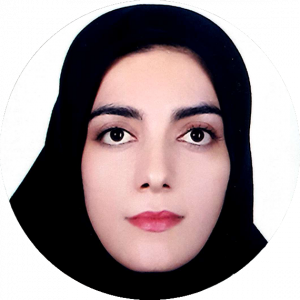
Razieh Jaberi
To study the effect of neural stem cell transplantation to improvement of spinal cord injured primate model

Zahra Nazemi
To investigate the effect of combinational approaches (drug delivery by nano-biomaterials) in parallel by cell therapy
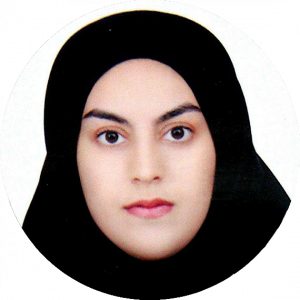
Parinaz Sabourian
To investigate the effect of combinational approaches (targeted nano-particle production for specific cells) in parallel by cell therapy

Mostafa Hajinasrollah
To study the effect of neural stem cells derived human induced pluripotent cells transplantation to improvement of spinal cord injured primate model
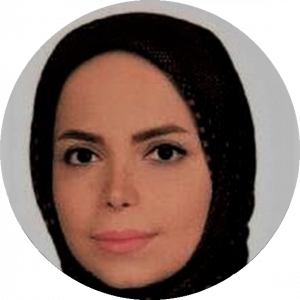
Farzaneh Sorouri
To investigate the effect of combinational approaches (drug delivery by nano-biomaterials) in parallel by cell therapy
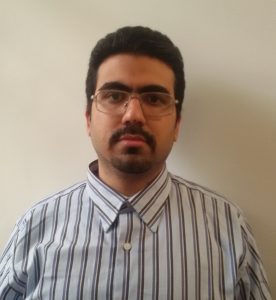
Shahin Rouhi (PhD Student)
Tittle of project: Indigenization and Production of Smart Brain-Muscle Interface with the Aim of Motor Rehabilitation in Animal Models with Spinal Cord Injury
Researcher Assistant:
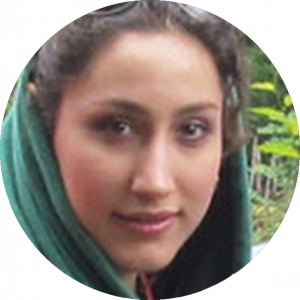
Sara Mirsadeghi
To investigate the neural network properties and their potential for learning of specialized code and memorized them in closed-loop manner
- In Vitro Differentiation of Neural-Like Cells from Human Embryonic Stem Cells by A Combination of Dorsomorphin, XAV939, and A8301.Valizadeh-Arshad Z, Shahbazi E, Hashemizadeh S, Moradmand A, Jangkhah M, Kiani S. Cell J. 2018 Jan;19(4):545-551.
- Development of membrane ion channels during neural differentiation from human embryonic stem cells. Mirsadeghi S, Shahbazi E, Hemmesi K, Nemati S, Baharvand H, Mirnajafi-Zadeh J, Kiani S. Biochem Biophys Res Commun. 2017 Sep 9;491(1):166-172.
- Induction of Neural Progenitor-Like Cells from Human Fibroblasts via a Genetic Material-Free Approach. Mirakhori F, Zeynali B, Rassouli H, Shahbazi E, Hashemizadeh S, Kiani S, Salekdeh GH, Baharvand H. PLoS One. 2015 Aug 12;10(8):e0135479.
- Transplantation of adult monkey neural stem cells into a contusion spinal cord injury model in rhesus macaque monkeys. Nemati SN, Jabbari R, Hajinasrollah M, Zare Mehrjerdi N, Azizi H, Hemmesi K, Moghiminasr R, Azhdari Z, Talebi A, Mohitmafi S, Vosough Taqi Dizaj A, Sharifi G, Baharvand H, Rezaee O, Kiani S. Cell J. 2014 Summer;16(2):117-130. Epub 2014 May 25.
- Engrafted human induced pluripotent stem cell-derived anterior specified neural progenitors protect the rat crushed optic nerve. Satarian L, Javan M, Kiani S, Hajikaram M, Mirnajafi-Zadeh J, Baharvand H. PLoS One. 2013 Aug 19;8(8):e71855.
- Glycogen synthase kinase-3 inhibition promotes proliferation and neuronal differentiation of human-induced pluripotent stem cell-derived neural progenitors.
- Esfandiari F, Fathi A, Gourabi H, Kiani S, Nemati S, Baharvand H. Stem Cells Dev. 2012 Nov 20;21(17):3233-43.
- Human induced pluripotent stem cells differentiation into oligodendrocyte progenitors and transplantation in a rat model of optic chiasm demyelination. Pouya A, Satarian L, Kiani S, Javan M, Baharvand H. PLoS One. 2011;6(11):e27925.
- Comprehensive gene expression analysis of human embryonic stem cells during differentiation into neural cells. Fathi A, Hatami M, Hajihosseini V, Fattahi F, Kiani S, Baharvand H, Salekdeh GH. PLoS One. 2011;6(7):e22856.
- Quantum dot labeling using positive charged peptides in human hematopoetic and mesenchymal stem cells. Ranjbarvaziri S, Kiani S, Akhlaghi A, Vosough A, Baharvand H, Aghdami N. Biomaterials. 2011 Aug;32(22):5195-205.
- Application of conductive polymers, scaffolds and electrical stimulation for nerve tissue engineering. Ghasemi-Mobarakeh L, Prabhakaran MP, Morshed M, Nasr-Esfahani MH, Baharvand H, Kiani S, Al-Deyab SS, Ramakrishna S. J Tissue Eng Regen Med. 2011 Apr;5(4):e17-35.
- Human embryonic stem cell-derived neural precursor transplants in collagen scaffolds promote recovery in injured rat spinal cord. Hatami M, Mehrjardi NZ, Kiani S, Hemmesi K, Azizi H, Shahverdi A, Baharvand H. Cytotherapy. 2009;11(5):618-30.
Post-doctoral researcher in spinal cord injury research field
